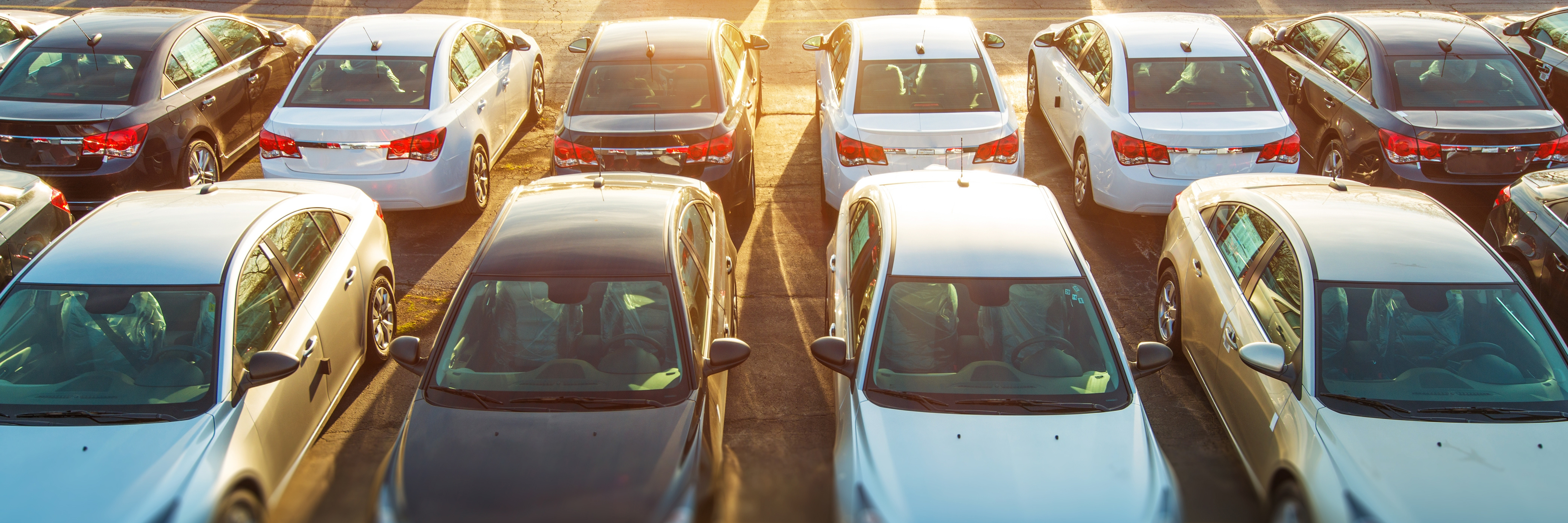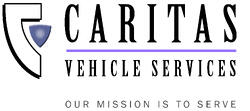
According to a recent Caritas Vehicle Services survey, one of the current challenges in managing transportation for Religious Communities is not having the budget needed to replace all of their old, high-mileage vehicles. This is a growing problem that requires a creative financial solution. The following Case Study highlights how one Community devised a workable solution for "renewing" their vehicle fleet.
The Current Situation
The "scenario" involves a non-profit community of Women-Religious that is based in Pennsylvania but also administers to Sisters in 6 states. Their fleet consists of 115 vehicles including passenger cars, mini-vans, two pick-up trucks and one para-transit conversion van.
→ Over the past 10 years, the Community has experienced a steady decline in revenue due to an increasing number of Sisters retiring from income-producing mission work.
→ Over 50% of the Community's vehicles are 10 years old or older with high mileage. Drivers of these vehicles experienced poor reliability, and vehicle safety concerns.
→ The average price the Community pays for a new small vehicle (car) like a Toyota Corolla has risen by over 30% from $18,000 to $24,000 in 2023. This trend is expected to continue.
→ With leadership's emphasis on reducing capital expenditures, the Community has been replacing fewer cars less often. Meanwhile, their older vehicles were causing a significant increase in repair costs. Many times, the cost to repair one of the old vehicles was much higher than the car's actual market value, so this became a throwing good money after bad situation.
 The Challenge
The Challenge
To reduce high vehicle repair expenses and optimize their fleet by replacing vehicles that were 10 years old or older with over 100k miles. Due to age, mileage, high repair costs, or a combination of the three, 40 vehicles needed to be replaced, which required a budget of $960K ($24,000 per car x 40).
 Key Factors
Key Factors
→ Vehicles are required by the Community for daily use; however, the cost of maintenance and repairs are considered as short-term expenses. Vehicles wear out and need to be replaced.
→ Vehicles had always been purchased by the Community from local dealers at factory invoice plus $300.
→ The Community’s long-term investments were generating an investment rate of return that was higher than the cost of money to finance/lease vehicles.
→ The Community has always paid for vehicles with cash.
→ The Community's short-term vehicle needs were being funded with long-term investment capital (cash), and, if continued, this could cause future shortages when resources are needed the most.
 Proposed Solution
Proposed Solution
→ The proposed strategy called for disposing of the majority of high-mileage vehicles up-front and renewing the entire fleet within 10 years. Leadership considered two plans and sought the advice of their community's financial advisors:
Plan A: Utilize cash to purchase vehicles from local dealers as they have done in the past. Leadership would have to agree to divest from a long-term investment in order to raise the capital.
Plan B: Utilize the services of a fleet management firm to obtain wholesale fleet discounts and to structure a finance-lease program designed specifically to meet their objectives.
In comparing both plans with their financial team, leadership confirmed the following:
→ Funds required to maintain a fleet should be renewable cash flow, not a long-term asset that cannot be replaced. Money spent cannot be recovered.
→ Long-term investments can generate renewable income to fund the fleet's operating expenses, while preserving capital.
→ Maintain a long-term investment portfolio to provide both security for the future, and cash for the present. The decision was made to not use $960K in cash to purchase vehicles.
→ The community chose to acquire vehicles utilizing a 60-month residual-based finance/lease agreement, retaining the full benefits of ownership while preserving their cash. In the first year, 40 vehicles were replaced, none were replaced in years 2-5, and then starting in year 6 and every year thereafter, 12 vehicles are replaced to maintain a 10-year replacement cycle.
 Results
Results
The Community's overall goal was to implement a strategy for providing transportation that is aligned with one of its core values -- Sustainable Living. Continuing the decades-old pratice of paying cash for cars was no longer viable due to the converging trends of rising car prices and declining revenues. The new strategy of keeping their capital invested and leasing new vehicles is a sustainable, long-term solution that is currently helping to yield the following results:
→ The Community is replacing 100 vehicles in 10 years, reducing their fleet's percentage of vehicles that are 10 years old or older from 50% down to 10%. Disposing of the oldest vehicles first reduced the fleet's annual maintenance repair costs by 50%.
→ The Community is reducing its carbon footprint by increasing their fleet's overall MPG rating with the inclusion of new, more fuel-efficient vehicles, creating further savings.
→ Driver safety is improved considerably, with new vehicle safety features and technology. Many drivers have commented on how much they appreciate feeling safer while driving a new car...this is proving to be quite good for the drivers' sense of well-being.
→ The Community is investing cash they normally would spend on vehicles with an annual rate of return of 7%. This strategy creates a positive cash flow and projected investment earnings of approximately $511,000 over a 14-year period, compared to zero investment earnings over the same period if the Community uses cash to purchase vehicles. The amount of the annual finance/lease payments for 40 new vehicles is $185,100 for five years, which is under the annual $200K budget that was set for vehicle purchases. This is prudent financial stewardship.
→ Leadership initially rejected the notion of leasing based on their perception that the Community would not own the vehicles. However, the finance/lease agreement was sturctured to accomodate the Community's non-profit status, which allows it to retain legal ownership of the vehicles by having them titled in the Community's name.
 Critical Success Factor
Critical Success Factor
The Community’s leadership credits the success of their new strategy’s implementation to a “paradigm shift” that gradually unfolded during the three-month process of analysis, planning, and discernment. From their perspective, financing and leasing were synonymous with “borrowing and renting,” which are practices that conflict with many Religious communities’ values and beliefs. Over the course of many discussions, members of the transportation committee began to see how the proposed finance-lease program was much different from conventional auto loans and leases, and they came to understand how a finance solution could be tailored to achieve their objectives while remaining in accord with their vows to be good financial stewards. The committee gradually reached consensus on the need to adapt from a long-held perception, and to embrace a “new reality” for the long-term good of the community.
One committee member commented, "It seems we've always thought of a car as just something we use until it's worn out, then we get rid of it and buy a new one, which is basically what we do with a refrigerator or any other appliance. Now, I'm seeing the bigger picture...we're tying up millions of dollars in assets that depreciate and also require a large budget to maintain. This is simply not sustainable. This finance/lease program allows us to continue providing newer, safer vehicles for our drivers well into the future simply by utilizing our resoures more effectively."
If you would like to speak with one of our Advisors with questions regarding your Community's fleet, just click below!





